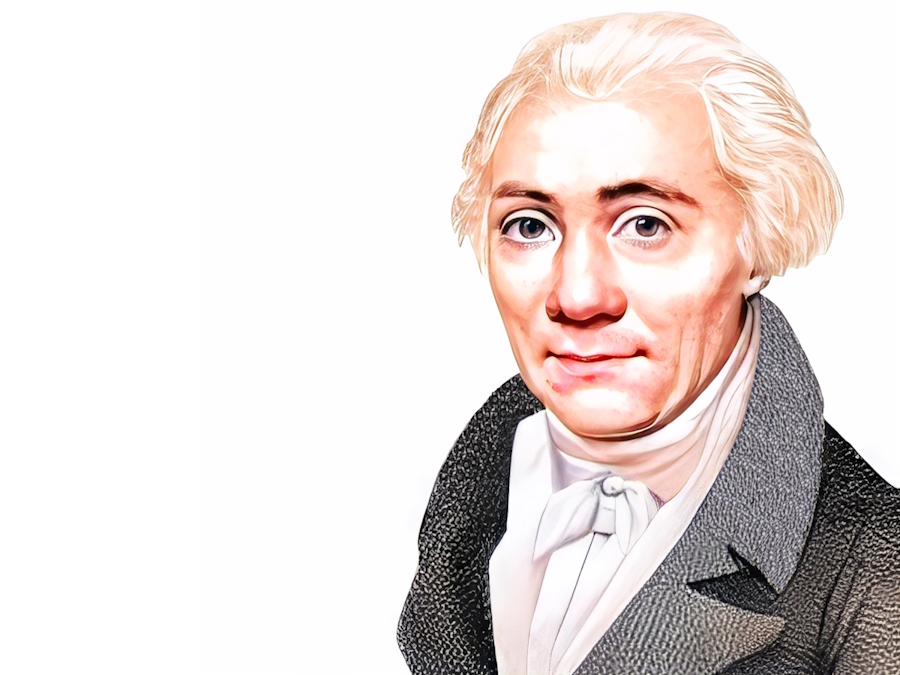Official science considers the English researcher and metallurgist Harry Brearley to be the creator of stainless steel. On August 13, 1913, in Sheffield, in a laboratory in an electric furnace, the first sample of a stainless alloy was smelted, containing 0.24% of carbon (C) and 12.8% of chromium. (Cr).
This steel composition was invented and was taken as the basis for modern stainless alloys.
According to one version, it was invented by accident, according to another, its invention required quite a long and difficult research work.
Be that as it may, history tells us that the research that preceded the emergence of modern stainless steel began long before the 20th century. The first steps in the development of stainless steel were already in the late 18th century.
Researchers from the UK, for example, managed to come to the conclusion that the Persians added chromium to steel to improve its anti-corrosion properties. Radiocarbon analysis was carried out on pieces of charcoal found from crucible and forge slag, found at the site of possible steel smelting. Electron microscopy was also performed. Having examined the smallest elements of the found material, archaeologists saw what, in their opinion, is evidence that crucible steel with a low chromium content existed in the territory of modern Iran in the 11th century. The metal was used to make weapons such as swords and daggers. Phosphorus was also added to the steel. But the addition of phosphorus made such a metal quite brittle. There was only about 1% chromium in Persian steel.
★ ★ ★ ★ ★
We will highlight, in our opinion, the personalities of scientists, engineers, metallurgists who, to one degree or another, were involved in the emergence of stainless steel.
Louis-Nicolas Vauquelin

★ ★ ★ ★ ★
In 1797 he discovered a new chemical element - chromium (Cr). He found it in Siberian red lead ore and obtained chromium in a free state in 1798. Chromium significantly increases the hardness and corrosion resistance of stainless alloys.
Michael Faraday

★ ★ ★ ★ ★
In 1820, he noticed the ability of an alloy of chromium and iron to resist acid corrosion. But he was not yet able to obtain an alloy with a high chromium content. His work is considered the discovery of stainless steel, but at that time it had not yet interested metallurgists.
Pierre Berthier

★ ★ ★ ★ ★
In 1821, the eminent French scientist, geologist, mineralogist and mining engineer proved that adding nickel to the metal makes it resistant to rust. But the material turned out to be very brittle, which was a serious drawback to its use in practice.
Henry Bessemer

★ ★ ★ ★ ★
He developed a process for producing steel from iron ore (the Bessemer process) and patented it in 1856. This was the first mass method for producing liquid steel. Before this discovery, there was no smelted steel. It was obtained by puddling and forging blooms.
Hans Goldschmidt

★ ★ ★ ★ ★
Developed the thermal aluminothermy method in 1883 and received a patent in 1895. The process of burning thermite - "Goldschmidt reaction" or "Goldschmidt process" allowed to reduce the amount of carbon in the alloy. Thus, the way was opened for other researchers and scientists to create stainless steel.
Leon Guillet

★ ★ ★ ★ ★
In 1904-1906, the French metallurgist Leon Guillet was the first to describe the properties of stainless steels with different chromium content. Depending on the type of microstructure, he identifies three main groups: ferritic, martensitic and austenitic.
Albert Portevin

★ ★ ★ ★ ★
He found ways to reduce the brittleness of stainless steels to make them suitable for manufacturing processes by studying the transitions between martensite and austenite. In 1911, he invented a better alloy composition: 17.38% Cr and 0.12% C.
Philippe Monnartz

★ ★ ★ ★ ★
In 1911, he found a recipe for the "ideal" chromium content in steel. He explained the nature of the anti-corrosion properties of iron and chromium alloy as a reaction of free chromium atoms with oxygen and the formation of a "protective film" of chromium oxide on the surface of the metal.
Harry Brearley

★ ★ ★ ★ ★
The English researcher was the first to create truly stainless steel. In 1913, he received a patent for the first martensitic alloy, which became the predecessor of the modern grade of stainless steel according to the AISI 420 standard.
Friedrich Bergius

★ ★ ★ ★ ★
Developed a process for thermal hydrogenation of coal and heavy oils at high pressures (Bergius process). This discovery made it possible to produce synthetic fuel from coal. He also developed a method for producing stainless steel in large quantities.
Elwood Haynes

★ ★ ★ ★ ★
An American scientist and entrepreneur developed a strong and relatively light alloy of chromium, steel, tungsten and iron that was resistant to corrosion and high temperatures. His company, Haynes Stellite, was a major producer of stainless steel.
William Hatfield

★ ★ ★ ★ ★
Invented stainless steel 18/8 (18% chromium, 8% nickel) in 1924, modern AISI 304 and steel with the addition of titanium - AISI 321. Author of a number of technical documents on metallurgy, which pay special attention to rust, acid and heat-resistant steel.
